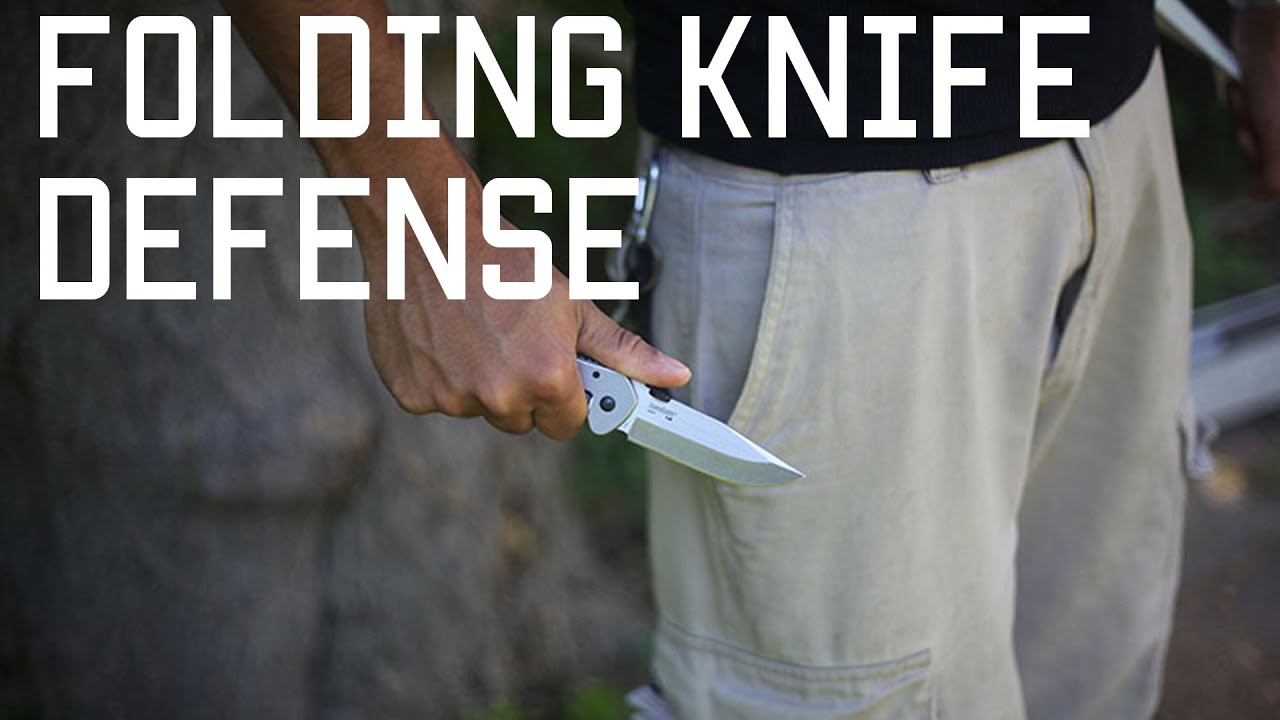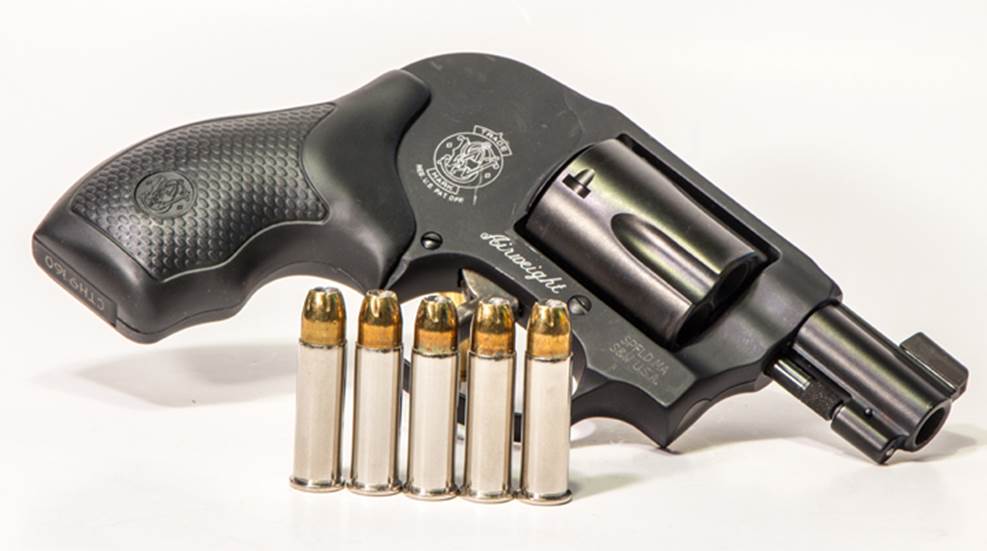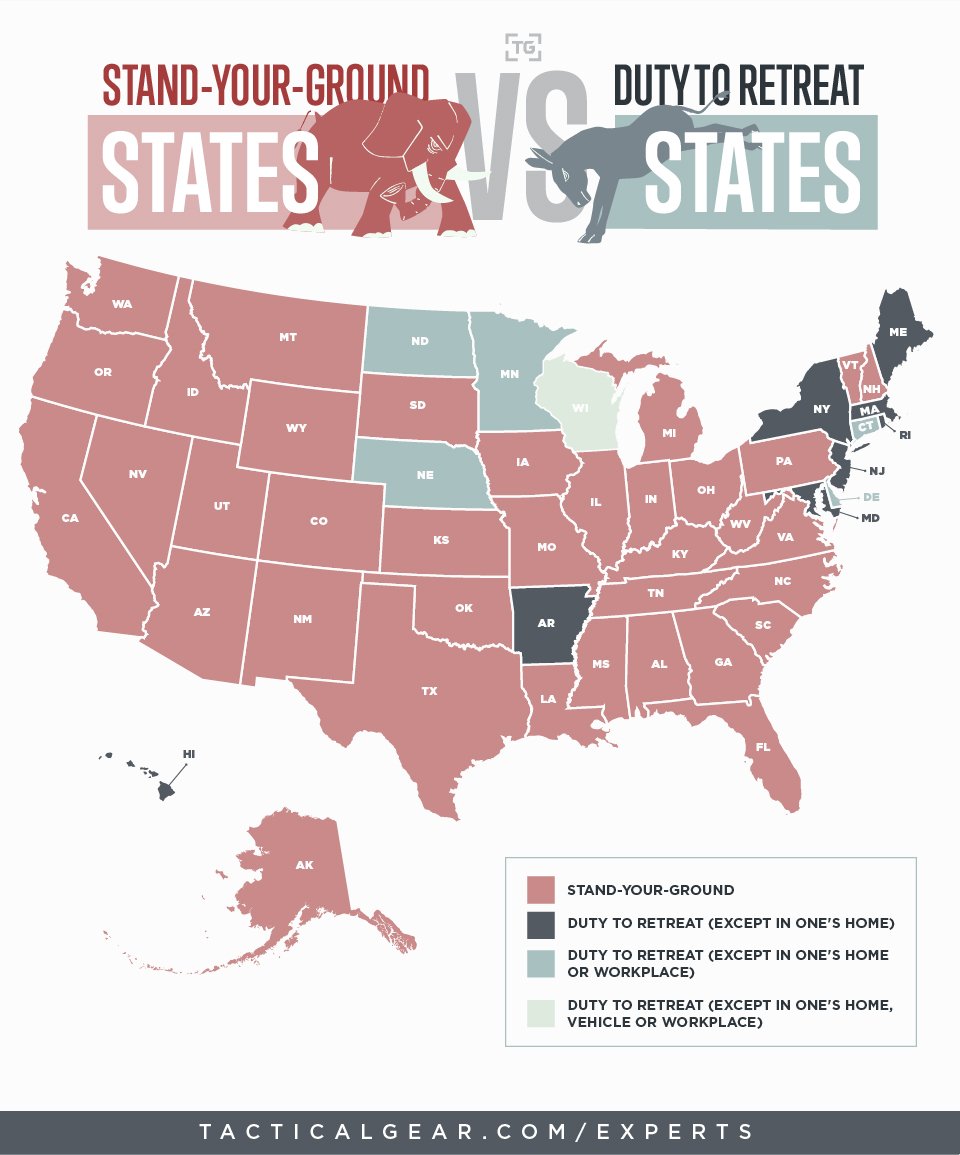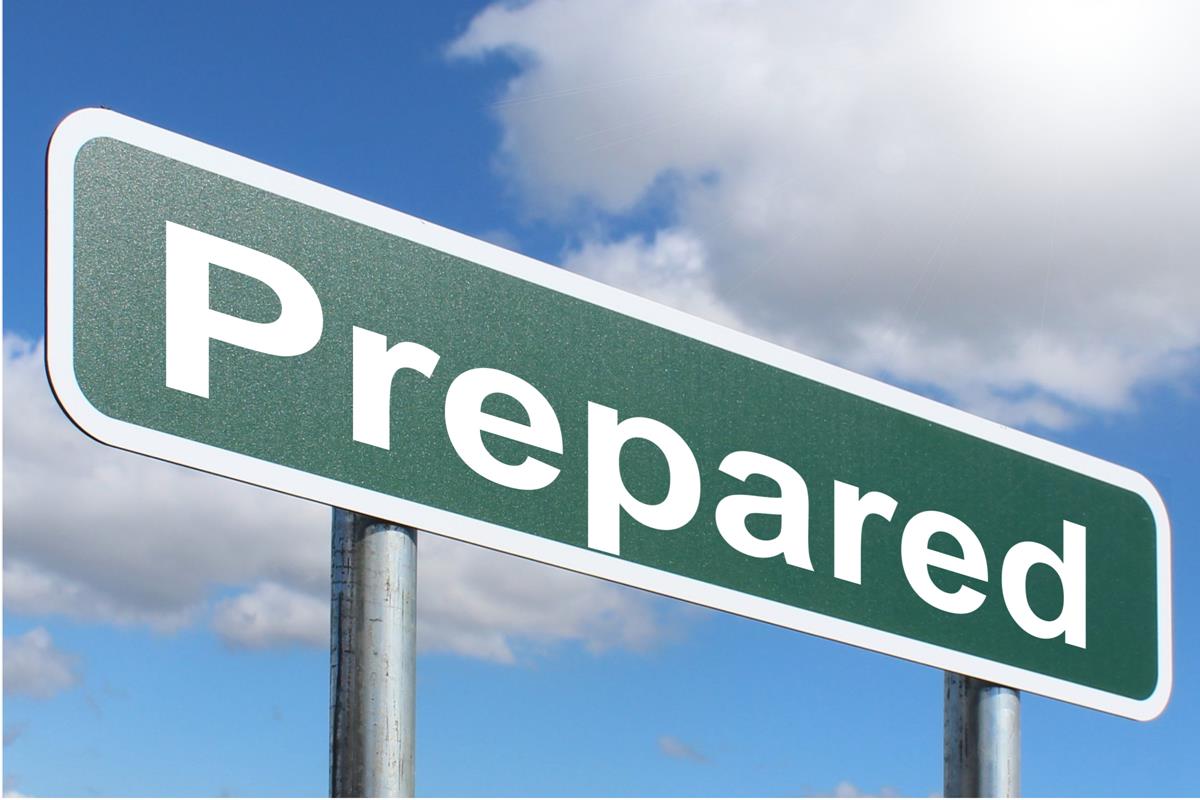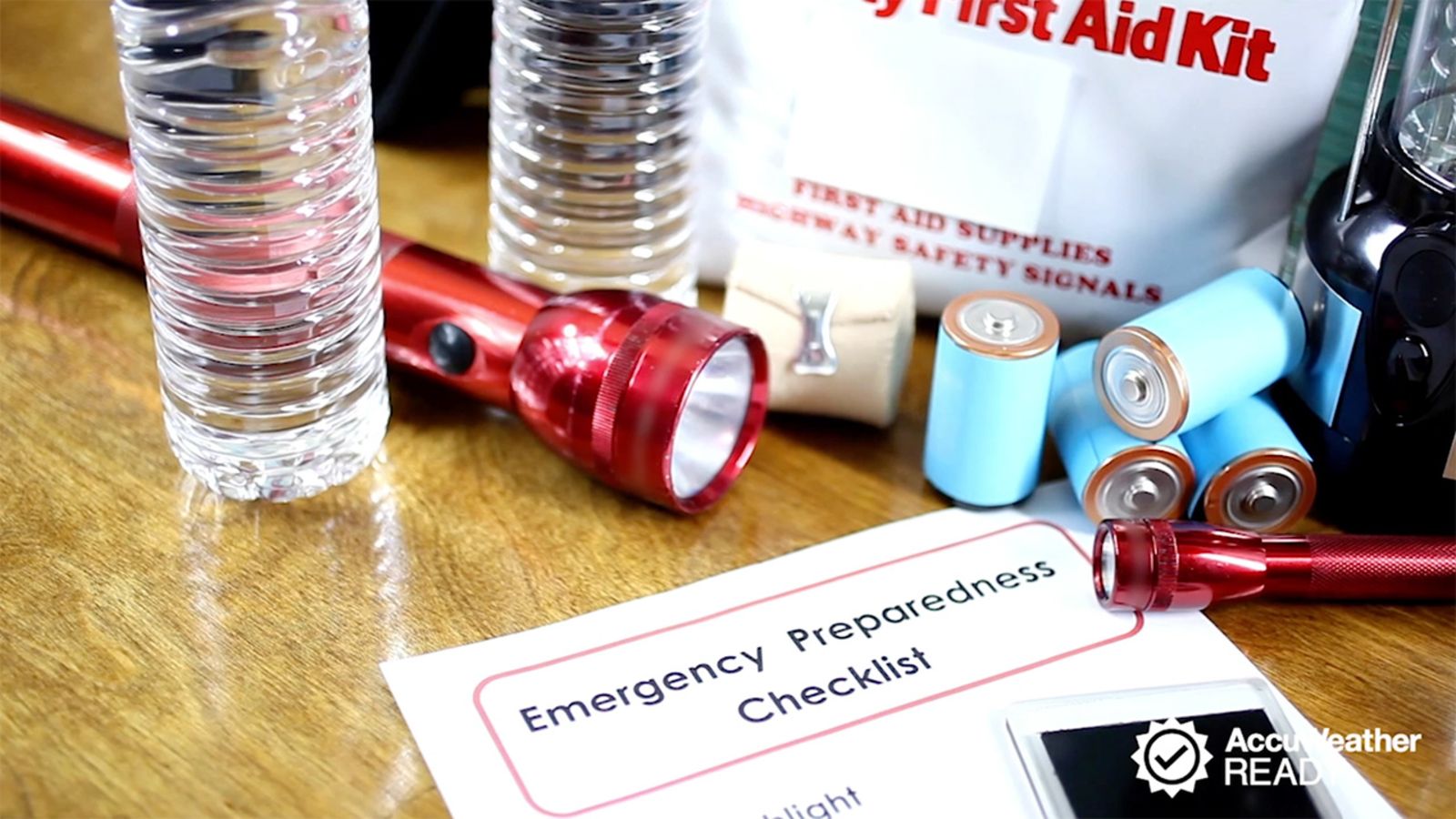A bug-out bag, also known as a “go bag” or “emergency kit,” is an essential collection of supplies designed to help you survive for at least 72 hours (3 days) in case of a disaster or emergency that forces you to evacuate your home. Packing the right items can make a crucial difference in your comfort and safety during a trying time.
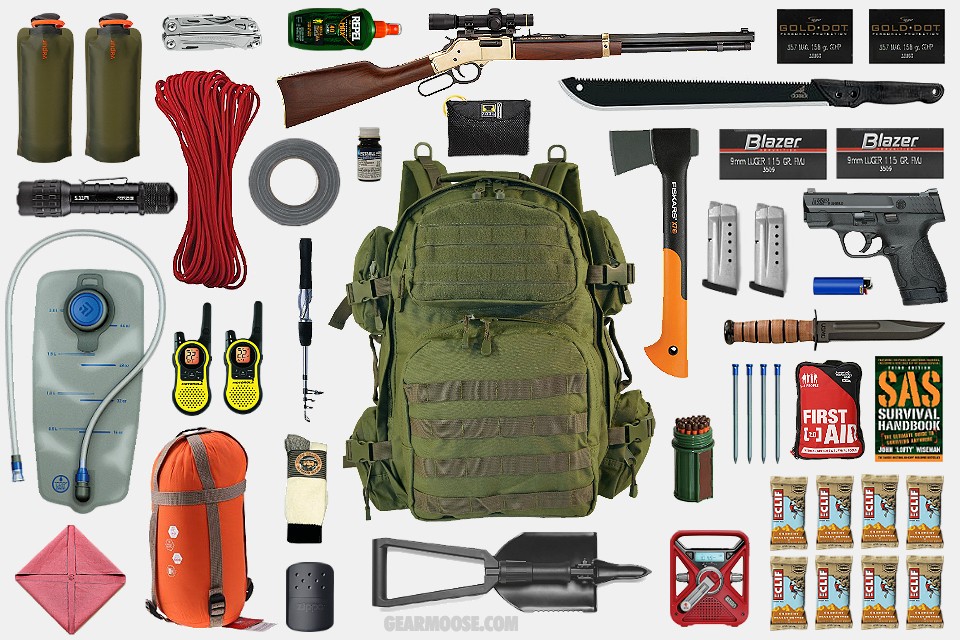
Here’s what you should consider including in your bug-out bag:
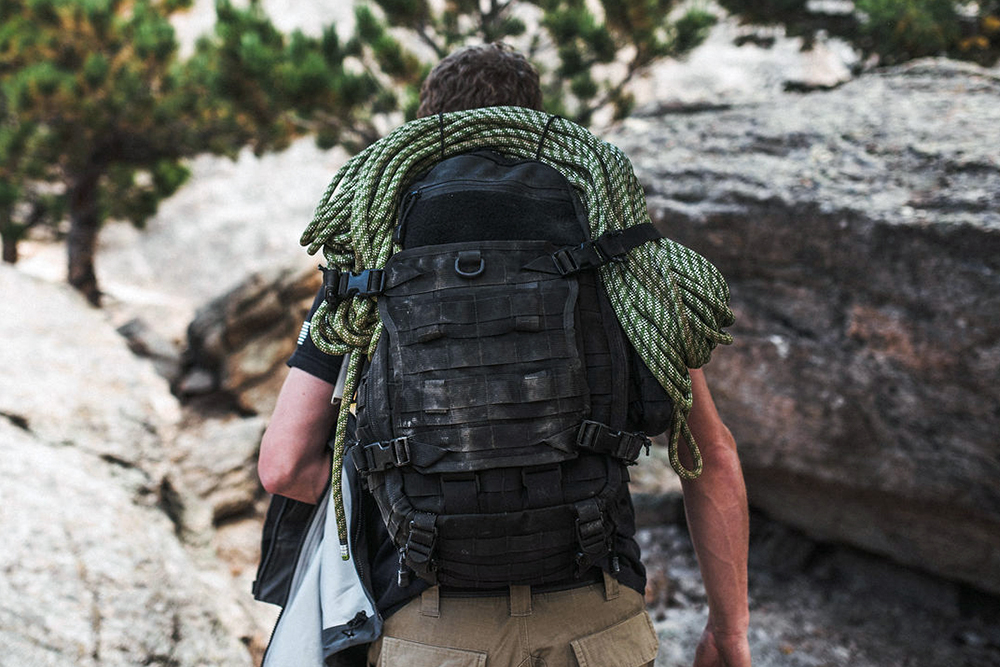
Survival Essentials:
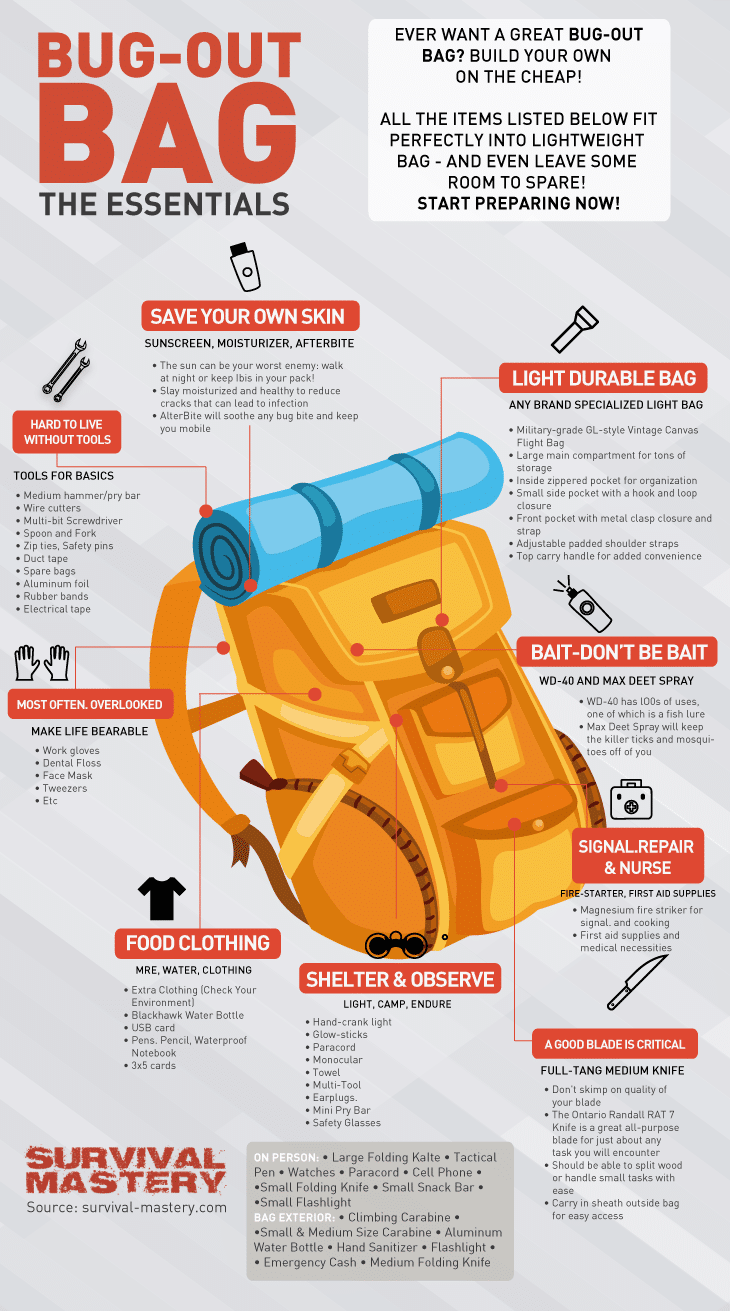
- Water: At least 3 liters per person per day, for 3 days. Consider water purification tablets or a portable filter if safe water sources are uncertain.
- Food: High-calorie, non-perishable items like protein bars, energy gels, dried fruit, nuts, and canned goods. Choose items that require minimal preparation or cooking.
- Shelter: An emergency blanket or lightweight tarp for warmth and protection from the elements.
- First-aid kit: Be prepared for minor injuries and ailments with bandages, antiseptic wipes, pain relievers, medications you regularly use, and any prescriptions.
- Navigation: A map and compass or GPS device will help you find your way in unfamiliar territory.
Comfort and Communication:
- Warm clothing: Pack layers for different weather conditions, including long-sleeves, raingear, and a hat.
- Sturdy shoes: Choose comfortable shoes suitable for walking or hiking over long distances.
- Fire starting materials: Matches, lighters, or a fire starter kit can be crucial for warmth and cooking.
- Light source: Headlamp or flashlight with extra batteries.
- Multi-tool: A versatile tool like a Swiss Army knife can be used for various tasks.
- Personal hygiene items: Toilet paper, hand sanitizer, toothbrush and toothpaste, feminine hygiene products (if applicable).
- Copies of important documents: IDs, insurance papers, bank account information, medication list.
- Cash: In case electronic payment systems are down.
- Entertainment: Small book, deck of cards, or other items to help pass the time.
Remember:
- Personalize your bag: Tailor the contents to your specific needs and environment. Consider factors like climate, your family’s size, and any medical conditions.
- Keep it lightweight: Aim for a bag you can comfortably carry for extended periods.
- Rotate and restock: Regularly check your bug-out bag for expired items and replace them as needed.
- Practice using your gear: Familiarize yourself with the contents and learn how to use essential items before an emergency strikes.
By ensuring your bug-out bag is packed with these essential items, you’ll be better prepared to face any unexpected situation and navigate a challenging time with increased confidence and resilience.
I hope this explanation helps! Let me know if you have any other questions.

